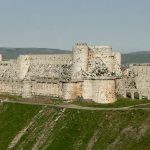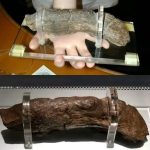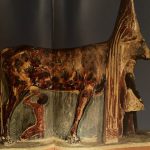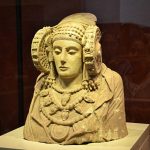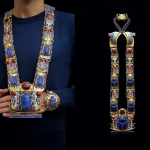The Perpetual Watch of the Salt Man
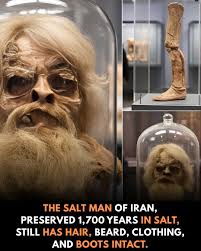
The air in the Chehrabad salt mines of Iran is usually thin and dry, a geological breath held for millennia. But on the day they found him, the atmosphere turned thick with a silence that spoke of profound and ancient loss. Deep within the cavernous tunnels, miners and archaeologists stumbled upon a chamber untouched by time, a grave perfectly sculpted by the very earth that had claimed its victim.

Buried within a gleaming seam of the ancient mineral lay the Salt Man—not a skeleton, but a human figure, preserved with an eerie and almost unbearable completeness. He lay as if merely asleep, frozen in a tableau of his final, terrifying moments.
Dating back nearly 1,700 years, to the time of the Sasanian Empire, he was a miracle of preservation. The surrounding salt—nature’s perfect desiccant—had arrested the decay process, drying his body instead of letting it decompose. This was not merely a fossil; it was a snapshot, a single frame from the vast, moving film of history.
His features remained hauntingly intact. You could trace the individual strands of his hair and beard, which were still a dark brown, perhaps dusted white with the salt that became his tomb. His clothing—a tunic of patterned wool—was faded but discernible. More remarkably, he still wore his leather boots, tough and practical, the very ones he had worn on his last day of work. By his side lay his tools: a pickaxe, a grinding stone, and a small leather pouch, the contents of which were still sealed.

Experts pieced together the tragedy: he was a working miner, deep underground when disaster struck. The mine, a labyrinth of rock and salt, suffered a sudden, catastrophic collapse. Tons of salt-rich earth rushed in, entombing him instantly. Perhaps he was caught unaware, or perhaps he spent his final seconds struggling against the relentless mineral tide.
This was the detail that pierced the hearts of the modern-day miners and scientists: his expression. Though the features were drawn and mummified by the salt, there was an echo of sudden panic, a silent, mid-gasp realization of his fate. His left arm was positioned across his chest, a gesture that might have been a futile attempt to shield his face or simply the final posture of a man hit by a mountain.
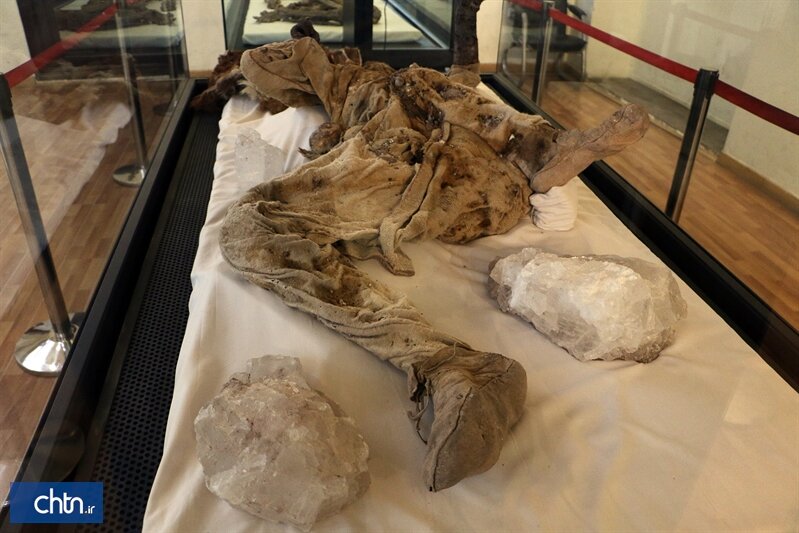
The Salt Man is more than a find; he is a time capsule of a single individual. He allows us to bypass the cold generalizations of history books and look directly into the eyes of a person who lived and worked in a dangerous, long-forgotten world. Every surviving detail—the wear on his tools, the stitch count on his clothes, the remnants of his last meal found in his stomach—offers a concrete, human link to the past.
He is the anonymous sentinel of Chehrabad, a man whose death provided historians with an unparalleled gift. His presence now bridges millennia, offering not just bones for study, but the tangible story of a person—a worker, a son, a man with his own hopes and fears—forever held in the silent, eternal embrace of the salt. He remains there, perpetually watching, a testament to the fact that even the most ordinary life can become the most extraordinary historical treasure.
